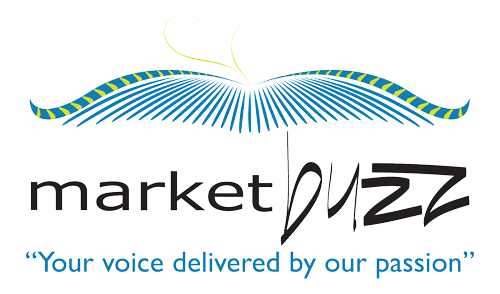In an age of content saturation, unlimited channels and a plethora of options for creating content on the fly, one of the major areas that have seen a decrease in quality has been the area of public relations.
Once typically the domain of expert journalists and corporate communications professionals who specialise in announcement copy meant for news coverage, press releases for public relations are shared mainly to inform consumers and businesses about company updates, such as product launches, partnerships, investments or acquisitions. They are intended to reach a wider audience, including journalists, investors, and customers that include government entities. The communications involve a high degree of professionalism, with a key focus on business writing.
However, over the last five years – and exacerbated by the pandemic – the PR industry has seen a shift in demand for content creation, where a large number of companies now want not just press and public coverage but many more op-eds, ghost-written expert pieces and short-form content for social media distribution. To this end, the demand for copywriters who specialise in these areas skyrocketed way past supply, and as such saw an influx of writers who are more generic in their approach, particularly those who do not have experience in crafting press releases.
Of late, content for PR has become more focused on generating clicks and engagement rather than insight and awareness. Building public communications plans around any news update has turned into a marketing rather than communications exercise, which in turn makes it easier for media outlets to say no to what is sent their way from PR agencies. A segment of this revolves around the LinkedIn space. The social media platform of choice for professionals, LinkedIn is a dissemination platform for a lot of corporate content, and a key channel for marketing teams to grow their company’s online profile. Due to this focus, the pressure on copywriters to create generic copy that caters to all channels has increased, and one piece of content or a tailored communications plan usually revolves around making the most of a limited budget, thereby channelling singular copy touchpoints onto multiple platforms.
Today we’ll take a quick look at what makes a press release different from LinkedIn, and what you need to consider when crafting content for each.
Press releases and LinkedIn posts are two different types of content, each with their own specific purpose and audience. Press releases are generally used to share important updates and news about a company, and their intended audience is the wider business world. On the other hand, LinkedIn posts are more focused on engaging with a company’s professional network, such as their existing and potential customers. LinkedIn is mainly used to share industry insights, company culture, career information and vacancies and of late, thought leadership content.
The language used in a press release is typically more formal and structured, following a model recognized and taught globally to all journalists, public relations and corporate communications professionals. Media entities such as Associated Press and the New York Times even have clear guidelines on how to create content for distribution by them. On the other hand, LinkedIn posts are aimed at a more targeted audience, which includes employees, peers, and business connections. The language used in a LinkedIn post is generally more conversational and casual, and is meant to invoke emotional interest rather than inform with facts.
A good press release will normally follow a specific format, including a headline, subheadline, body text, quotes, and contact information. The rule of thumb has always been that a good press release features and opening paragraph that contains the five Ws, telling a journalist or editor the most important facts they need to print:
- What or who is this story about?
- What is happening?
- Where is it going on?
- When will it occur?
- Why is it important?
The text is usually organized into short paragraphs and includes information that is relevant to the news being announced. LinkedIn posts, on the other hand, can take a variety of formats, including short text updates, longer articles, videos, and images. A LinkedIn post is usually more personal and expressive and can include the author’s opinion, commentary or insights on a particular topic. On the other hand, the tone of a press release is usually objective and informative. It conveys the news in a clear and concise manner, without any personal opinions or biases.
In conclusion, the key differentiators between content that goes into a press release and content that belongs on LinkedIn are their purpose, audience, format, tone, and call-to-action. Understanding these differences can help companies create effective and engaging content for both channels, and form a more structured communications plan that caters to multiple audiences in a more targeted way.


